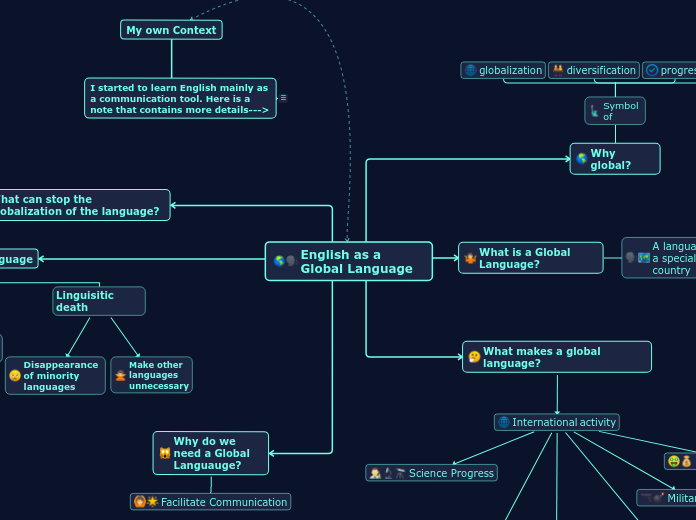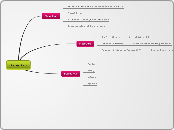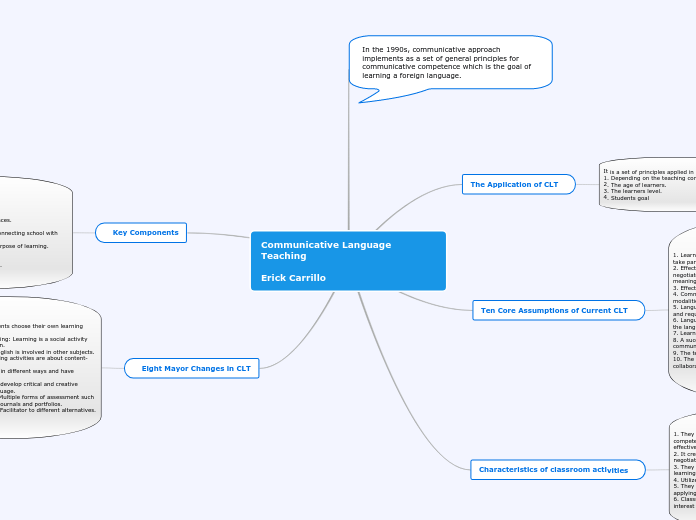AudiolingualMethod – ÖmerKorkmaz
This is a method for foreign language teaching which emphasized the teaching of listening and speaking before reading and writing.
OBJECTIVES
The general objective of the Audio-lingual Method is to enable the target language communicatively.
Long-range objective
1. is to develop in the students the same types of abilities that native speaking have, to use it automatically without stopping to think.
Short-range objective
include training in listening comprehension, accurate pronunciation, reading comprehension and production of the Audio-lingual Method are the development of mastery in all four language skills, beginning with listening and speaking, and using these as a basis for the teaching of reading and writing.
GOAL
The general goal of the Audiolingual Method is to enable the target language communicatively.
TECHNIQUES
Repetition drill
This drill is often used to teach the lines of the dialogue. Students are asked to repeat the teacher’s model as accurately and as quickly as possible.
Substitution drill
The students repeat the line from the dialogue which the teacher has given them, substituting the cue into the line in its proper place.
Question-and-answer drill
The drill gives students practice with answering questions. The students should answer the teacher’s question very quickly. It is also possible for the teacher to cue the students to ask questions as well.
Expansion drill
This drill helps students to produce longer sentence bit by bit, gradually achieving fluency. The main structure is repeated first, then students have to put cue phrase in its proper place.
Clause combination drill
Students learn to combine two simple sentences into a complex one.
Background build-up drill
This drill is used when a long line of dialogue is giving students trouble. The teacher breaks down the line into several parts. The students repeat a part of the sentence, usually the last phrase of the line.
Chain drill
A chain drill gets its name from the chain of conversation that forms around the classroom as students, one-by-one, ask and answer questions of each other. The teacher begins the chain by greeting a particular student, or asking him a question. That student responds, and then turns to the student sitting next to him.
PRINCIPLES
1)Drills are used to teach structural patterns.
2)Set phrases are memorised with a focus on intonation.
3)Grammatical explanations are kept to a minimum.
4)Vocabulary is taught in context.
5)Audio-visual aids are used.
6)Focus is on pronunciation.
7)Correct responses are positively reinforced immediately.
Main topic
ROLES
THE STUDENTS are imitators.
THE STUDENTS IMITATES THE TEACHER
THE TEACHER is like an orchestra leader.
Providing students with a good model for imitation.
SKILLS
-The natural order of skills presentation is adhered to : listening, speaking, reading, and writing.
-The oral skills receive most of the attention .
Speaking
Writing
Listening
Reading
BACKGROUND
This method had its origins during World War II when it became known as the Army method. It was developed as a reaction to GTM.From about 1947-1967 this approach was the dominant foreign language teaching method in the United States.
ADVANTAGES & DISADVANTAGES









